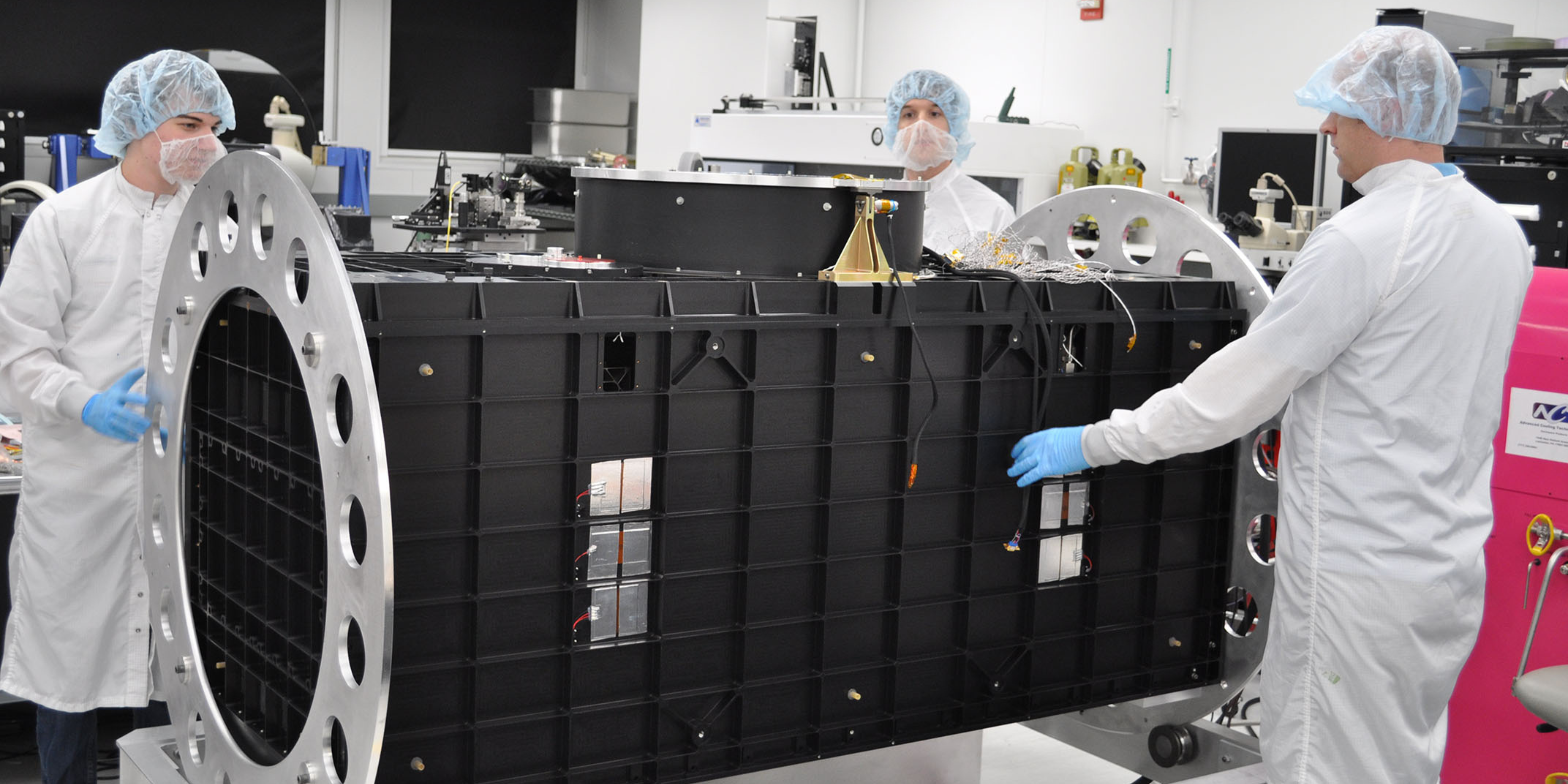
Craveology Cafe and the North Star Science Store are temporarily closed for renovation.

For many years, Natural Language Processing was rule-based, meaning that linguistic experts would write handwritten sets of rules based on syntactic, semantic and grammatical constraints. However, one could imagine that the more tasks you want your computer to perform, the more rules you have to write. This quickly becomes complicated, as rules tend to have exceptions. In addition, the rules in one language will not apply to the rules in another. This is where Machine Learning comes into the picture. Machine Learning deals with how to use algorithms and statistical models in order to allow a computer system to learn patterns from data itself and make decisions with very little to no human intervention.
Machine Learning is essentially the set of methods that are allowing us to improve and achieve aspects of Artificial Intelligence, such as planning, visual recognition and Natural Language Processing.
Overall, I am an optimist, therefore I think of Machine Learning as the tool that is allowing us to achieve high-quality technologies that have the potential to improve many aspects of our life, from entertainment to health and finances and many more. For example, machine learning allows it so that all Spotify and Netflix users out there can get music, movies and shows recommended to them based on their previous activity and recorded preferences. It also can be used to identify patterns in financial data and detect fraud, help us create safer self-driving cars to assist human drivers (note, not to replace them), analyze medical data to detect a wide range of diseases or risk factors, as well as discovering new drugs and analyze traffic data in order to make predictions to help you estimate the best route. It can allow physicists, chemists, biologists and many others to analyze their data and find patterns they wouldn’t find through more traditional methods, among an infinite amount of other applications.